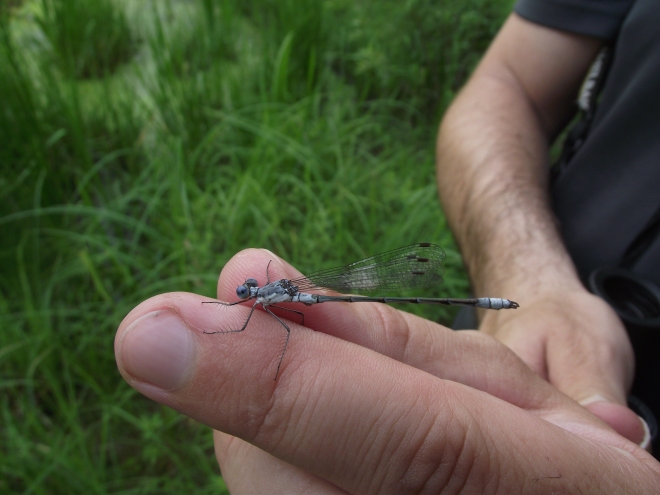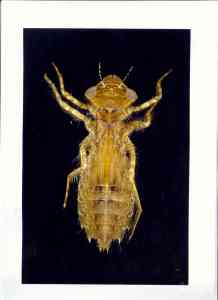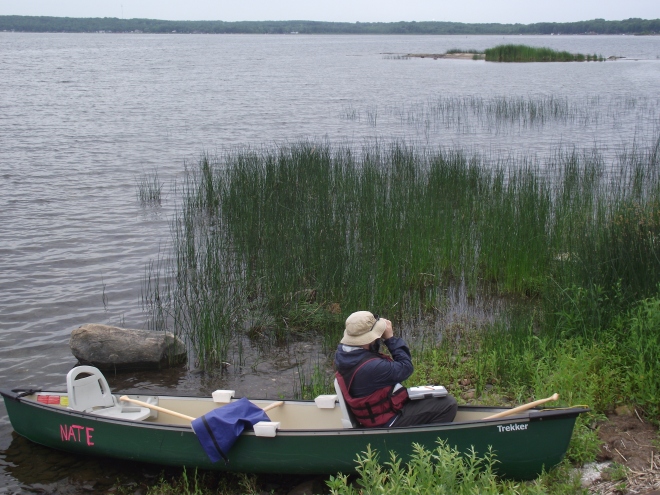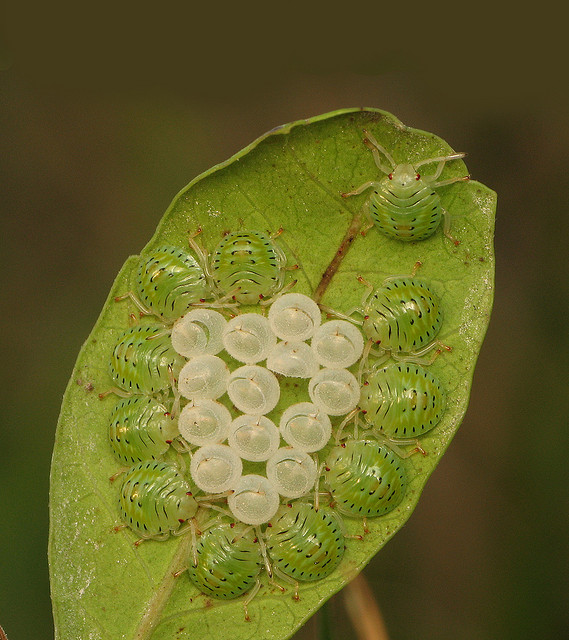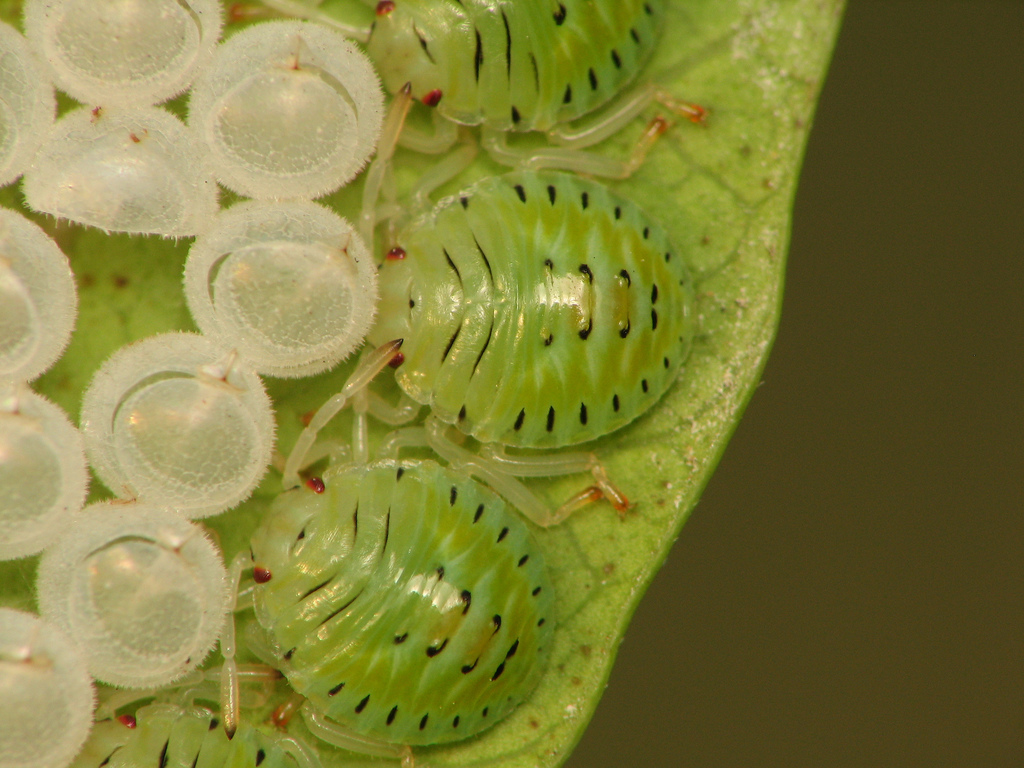By Matthias Rös, Alfonsina Arriaga-Jimenez, Bert Kohlmann
Dung beetles (Scarabaeidae) belong, besides ants and butterflies, to the best-studied insect groups in tropical ecosystems. Three subfamilies are considered as true dung beetles: Scarabaeinae, Geotrupinae, and Aphodiinae. There are about 10,000 species of dung beetles around the world known to science, although that number is still rising; montane areas in the tropics are exceedingly rich in species, and new species are regularly discovered.
High mountain ecosystems in the American tropics have been less studied than the diversity-rich lowland rain forests, which have received greater attention and efforts for conservation purposes. Nevertheless, the significance of temperate ecosystems within the tropics may have been underestimated regarding their importance to explain species distribution patterns in various biodiversity hotspots of the Earth. Mexico, and particularly the state of Oaxaca, will serve us here as an example to explain why.
Oaxaca is one of the most (if not the most) biodiverse states of Mexico. One reason is the rugged orography, shaped by different geological events, which, accompanied by changing climate, separated and connected animal and plant populations several times, and so turned Oaxaca into a laboratory of species evolution. Oaxaca is situated in the southeast of Mexico and is dominated by three major montane areas (Sierra Norte, Sierra Sur, Mixteca Shield). Eighteen percent of the state has an elevation higher than 2000 m, and around four percent is situated between 2500m and 3700m.

Typical land-use patterns in Oaxacan mountains. Forest dominated landscapes with traditional milpa system (corn, beans, squash). El Rosario Temextitlan, Chinantla, Sierra Norte de Oaxaca at elevations between 2000 and 2700 m. Photo by Matthias Rös.
In the last two years, we have collected and described new dung beetle species from Oaxaca. All of them were not collected in pristine or remote places, but in mountain forests close to the capital city of Oaxaca. Whereas the state has few large reserves, Oaxaca is known for its high number of community-conserved areas (CCA), and the new species were collected in the CCA La Mesita, in San Pablo Etla, a 3000 ha community-managed forest at altitudes between 1800 and 3200 m, which provides firewood, clean water to the entire watershed, and offers small scale sustainable tourism. In Oaxaca, at lower altitudes, there exists an oak forest, with mostly small trees that lose all their leaves during the dry season, reminiscent of the familiar chaparral vegetation. In Oaxaca, this oak forest is a typical vegetation type of piedmont, mostly surrounding the Central Valley. We named Canthidium quercetorum after this forest type, only known at present from La Mesita. Onthophagus etlaensis, named after the Nahuatl word for bean-fields, sampled by us in the same reserve, had already been collected in the 1970s but was erroneously identified because of its closeness to another, more common species. This is a very typical pattern found in Oaxaca: there abound many endemic sister species of common and more widespread taxa, and they have a small distribution range in the mountains of Oaxaca, which indicates their speciation in situ. Finally, Phanaeus dionysius, a veritable jewel of a beetle, was also found in this CCA.

Onthophagus etlaensis (left) and Phanaeus dionysius (right), two dung beetle species of the subfamily Scarabaeinae, described from the community-conserved area of La Mesita, San Pablo Etla, near the city of Oaxaca.
Oaxaca belongs to the Mexican Transition Zone, a region ranging between the southern USA down to the Nicaraguan lakes. Its outstanding characteristic is the overlap of Nearctic and Neotropical species distributed here, the former more often at higher elevations with the latter at lower elevations. Both Neotropic and Nearctic faunas have generated a high number of endemic species in Mexican mountains.
Besides its rich biodiversity, Oaxaca is also one of the most understudied states in Mexico, and regarding plant or animal groups we have only little information. This might explain why we also found, in addition to the recently described species, some species which were last collected 45 years ago.

This map shows Oaxaca as depicted by a 3D Digital Elevation Model. Black dots represent sampling sites for Onthophagus anthracinus, the red dot Canthidium quercetorum, and the blue dot Phanaeus dionysius.
AAJ started to work on dung beetle diversity at high-altitude mountains ten years ago when she collected insect material from the alpine prairies of the Trans-Mexican Volcanic Belt (TMVB). For her Ph.D. project, she moved up to high elevations between 2500 and 3500 at four volcanos. One of the most interesting results was that a high variability of diversity patterns between the volcanoes existed. We also found an unexpectedly high diversity, coupled with low abundances and detection probabilities, that in three years of sampling, abundances were still lower than what you collect in one rainy season in a cloud forest. Our next step shall be to compare diversity patterns between the mountains of Oaxaca and the Trans-Mexican Volcanic Belt. Bert Kohlmann has studied for almost three decades the dung beetle communities in the high altitude-mountains of Costa Rica and Mexico, where interesting evolutionary phenomena have been discovered associated with the Last Glacial Maximum. Nevertheless, to detect and understand processes which determine diversity patterns at high altitude mountains in the tropics, more attention, longer sampling periods, and deeper taxonomic knowledge of the species and their phylogenetic relationships covering the whole Neotropics is needed. Matthias Rös studies diversity patterns in natural and human-modified landscapes, looking for biodiversity-friendly land-use patterns. Oaxaca seems to have plenty of these biodiversity-friendly land-use patterns in its mountain landscapes, despite or even because of a human-induced modification history dating millennia. Our research of describing new species is the baseline for further investigations. How can we protect the outstanding biodiversity under scenarios of climate change and land-use intensification? Oaxaca might suggest very interesting answers to many questions related to this topic. Oaxaca and its mountains still have many secrets to unfold, and we want to explore and reveal them.
Arriaga-Jiménez, A., Escobar-Hernández, F., Rös, M., & Kohlmann, B. (2020). The establishment of the Onthophagus anthracinus (Coleoptera: Scarabaeidae) species complex and the description of a new species. The Canadian Entomologist, 152:1-17. https://doi:10.4039/tce.2019.62. (Paper made available to read for FREE until March 24, 2020 in cooperation with Cambridge University Press)
Related research to dung beetles in high mountains:
Kohlmann B., Arriaga-Jiménez, A., Rös, M. 2018. Dung beetle vicariant speciation in the mountains of Oaxaca, Mexico, with a description of a new species of Phanaeus (Coleoptera, Geotrupidae, Scarabaeidae). ZooKeys743:67-93. https://zookeys.pensoft.net/articles.php?id=23029
Arriaga-Jiménez, A., Rös, M. & Halffter.G. 2018. High variability of dung beetle diversity patterns at four mountains of the trans-Mexican volcanic belt. PeerJ 6:e4468. https://doi.org/10.7717/peerj.4468
Kohlmann, B., Arriaga-Jimenez, A., & Rös, M. 2018. An unusual new species of Canthidium (Coleoptera: Scarabaeidae: Scarabaeinae) from Oaxaca, Mexico. Zootaxa 4378 (2): 273–278. https://doi.org/10.11646/zootaxa.4378.2.7





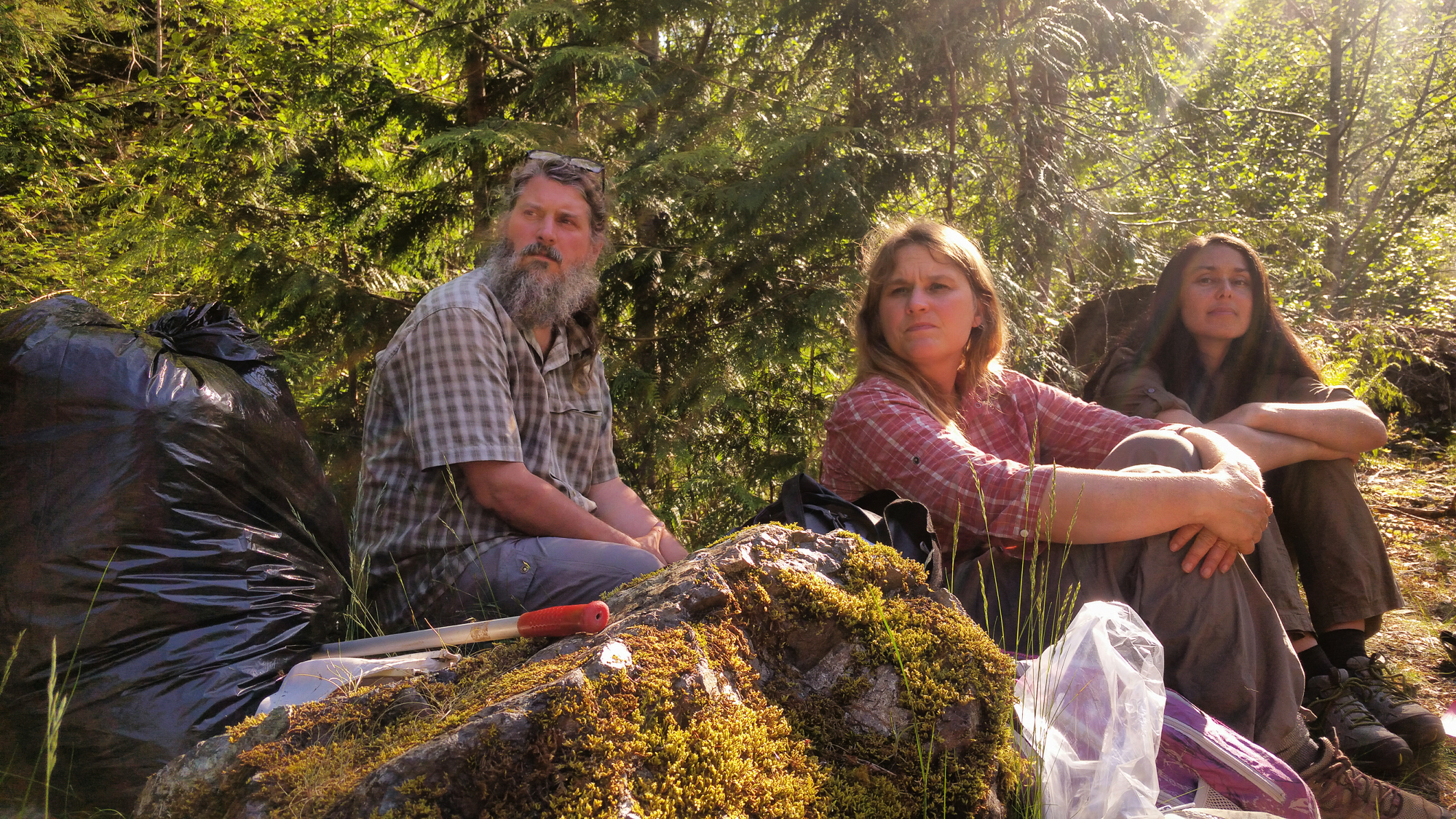
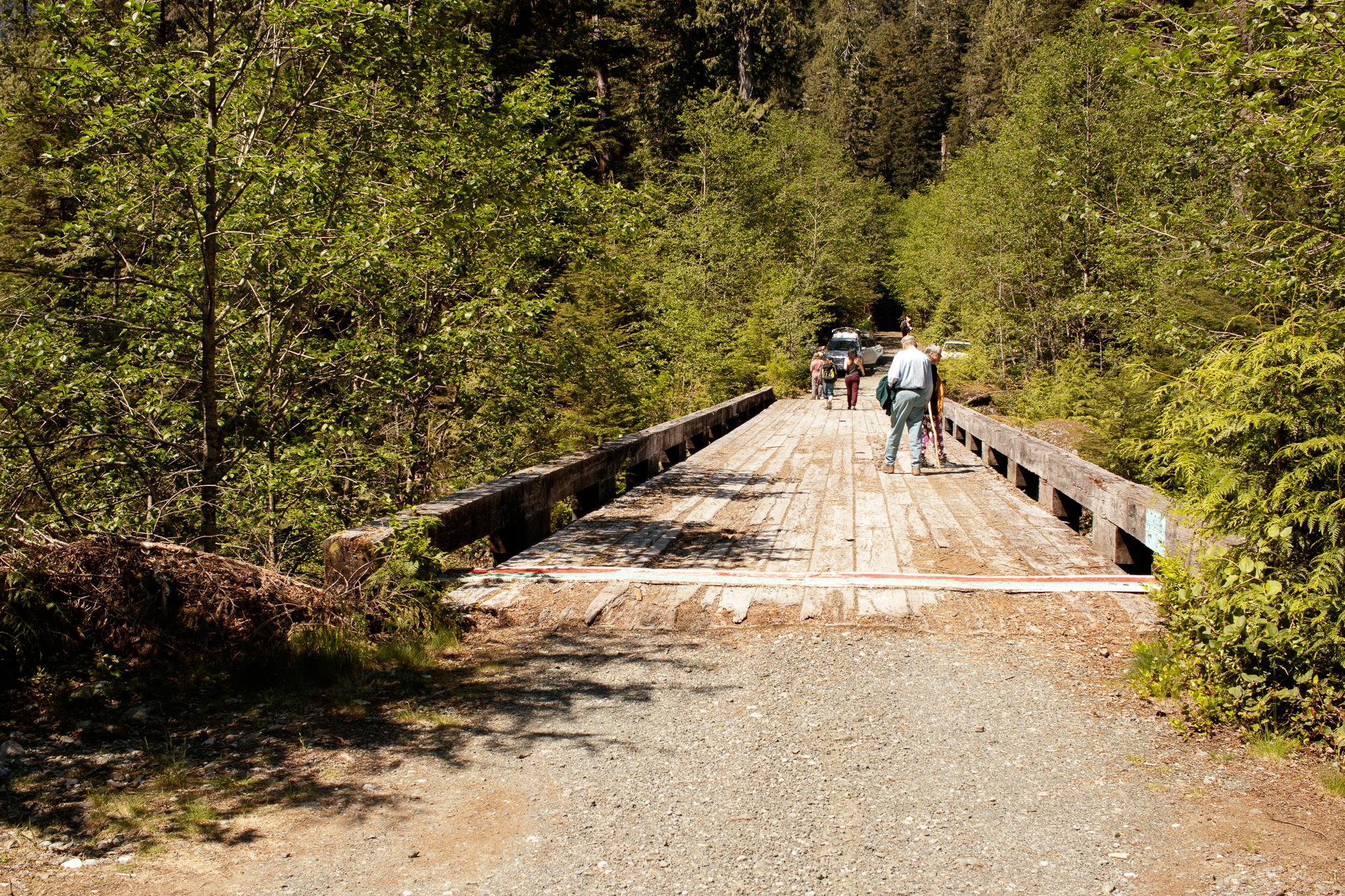 2. Pacheedaht elder Bill Jones walks across the Bridge to Nowhere
2. Pacheedaht elder Bill Jones walks across the Bridge to Nowhere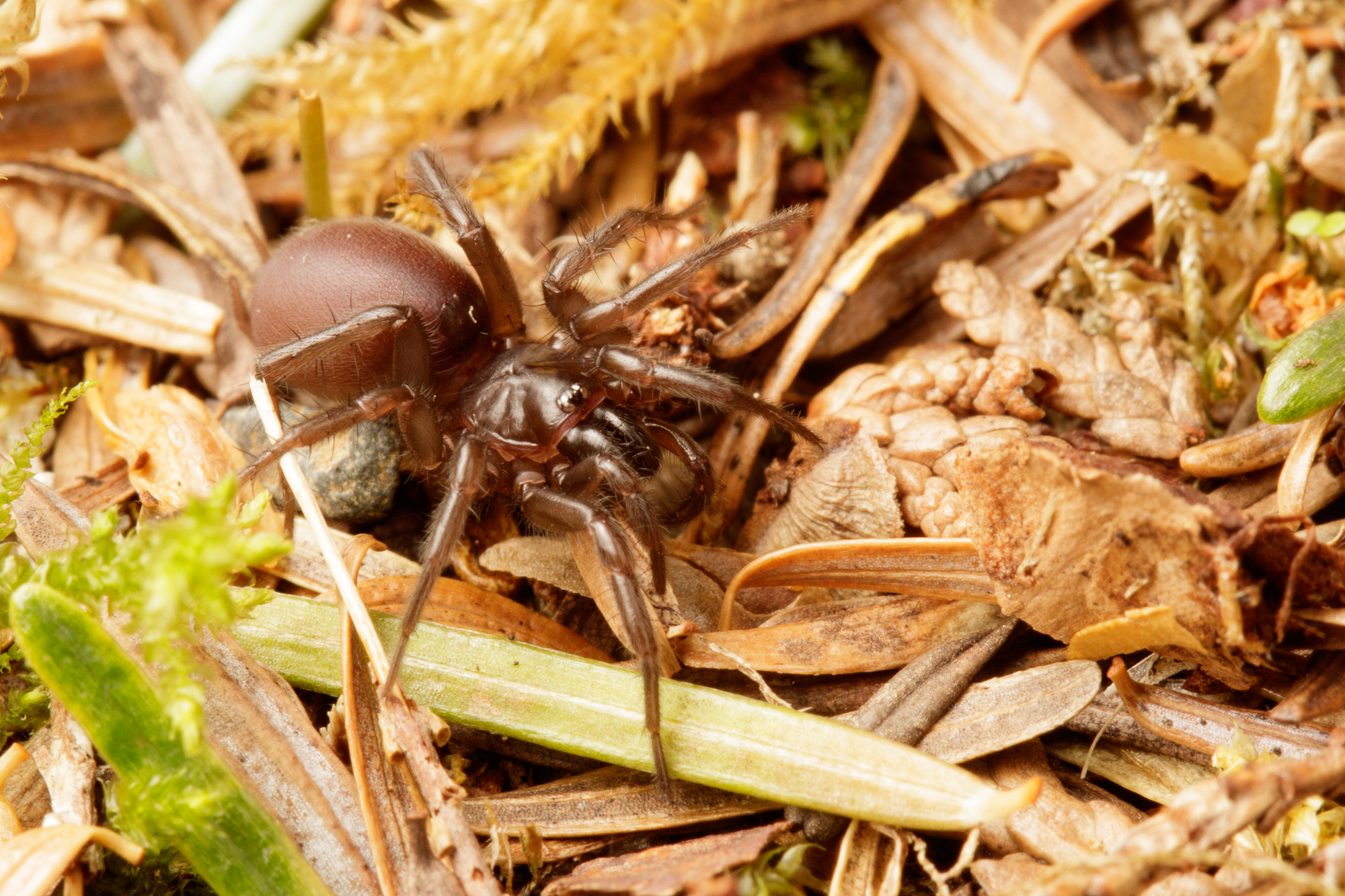 3. Hexura picea, a tarantula relative, brought out of its underground silk tunnel complex for a photo shoot.
3. Hexura picea, a tarantula relative, brought out of its underground silk tunnel complex for a photo shoot.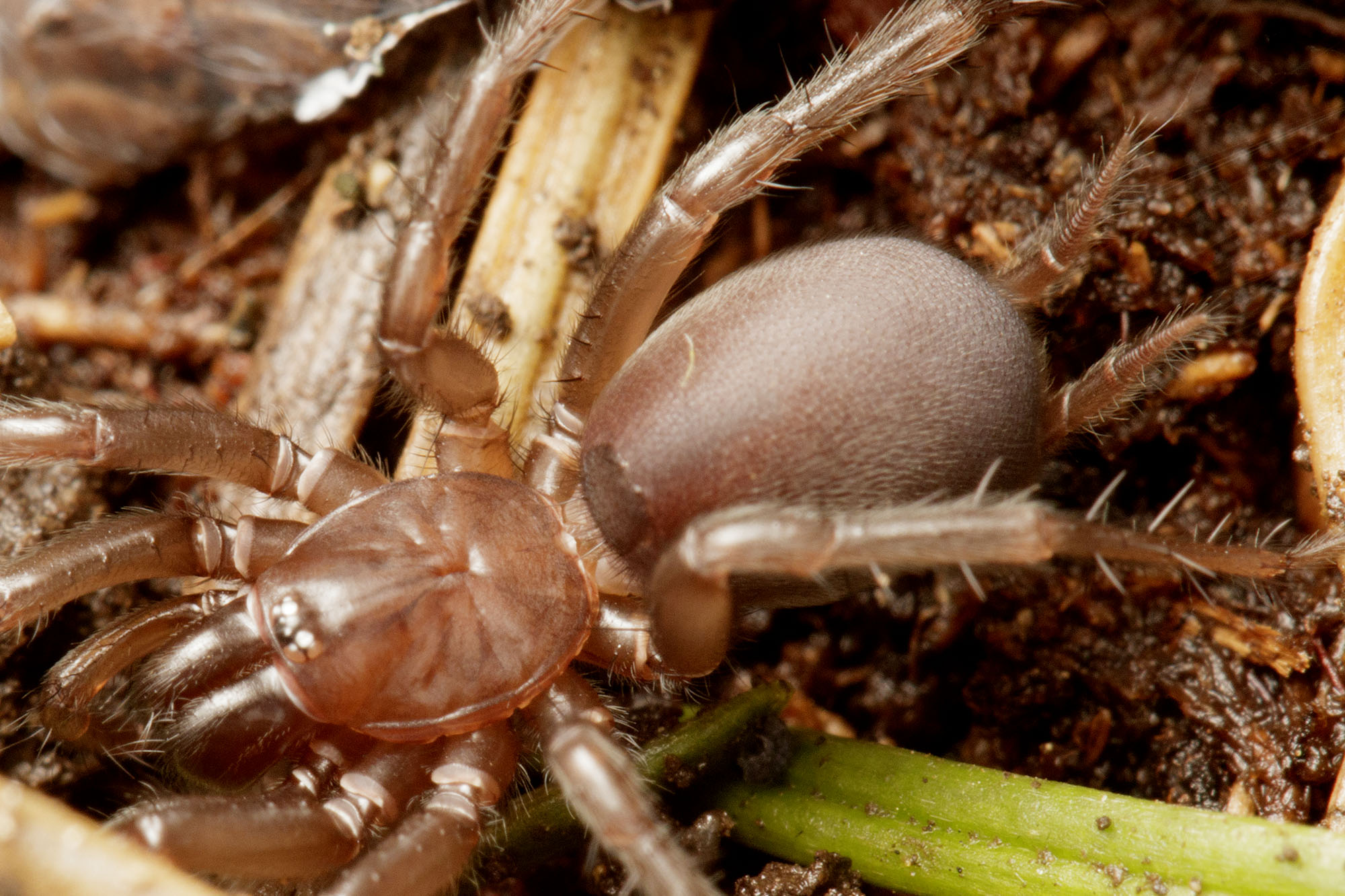
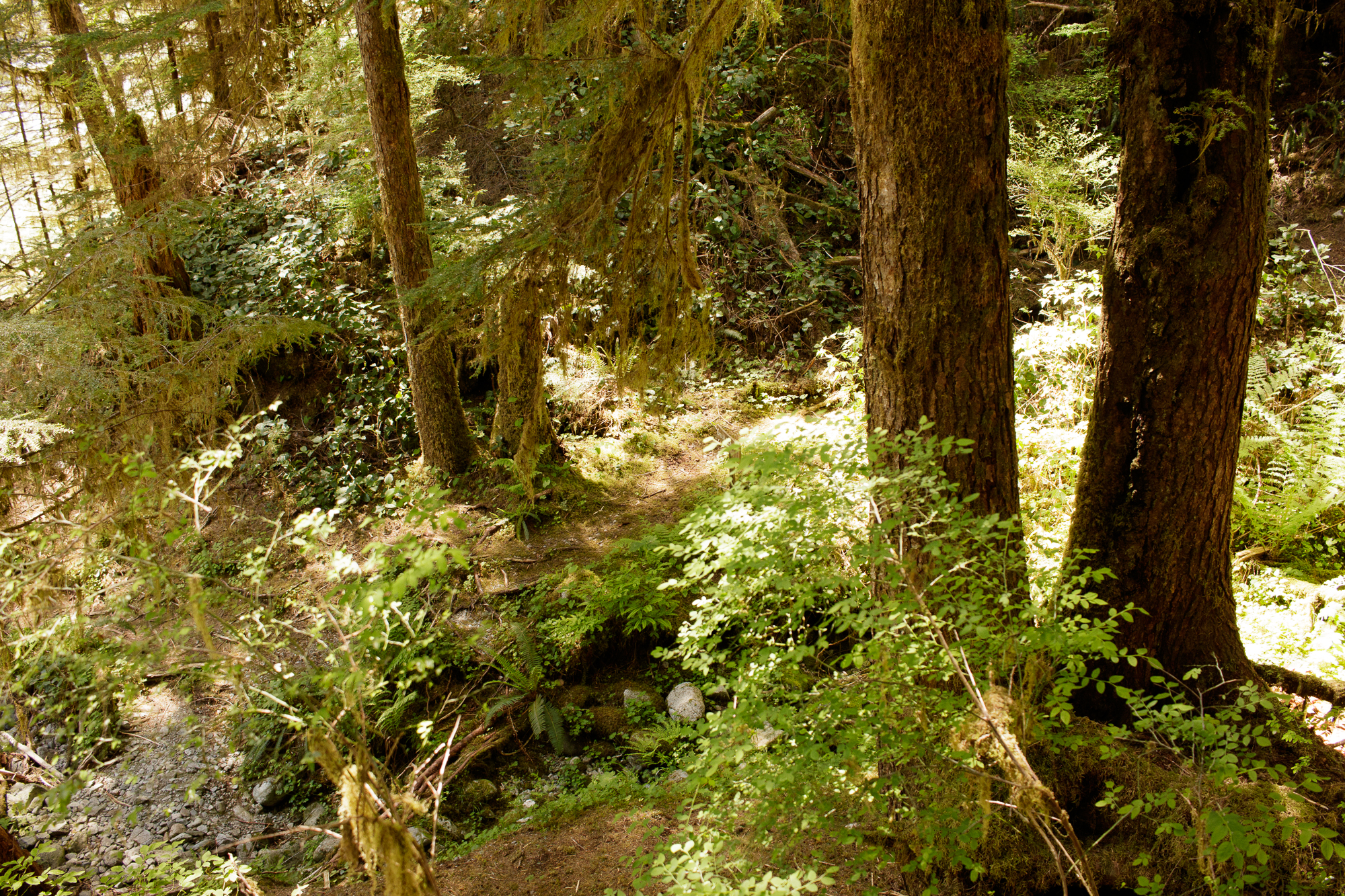 4. Erosion is a gentler process in a forested valley, with trees holding on to what would be a talus slope higher in the mountains. The soils beneath these trees support an extensive food web.
4. Erosion is a gentler process in a forested valley, with trees holding on to what would be a talus slope higher in the mountains. The soils beneath these trees support an extensive food web.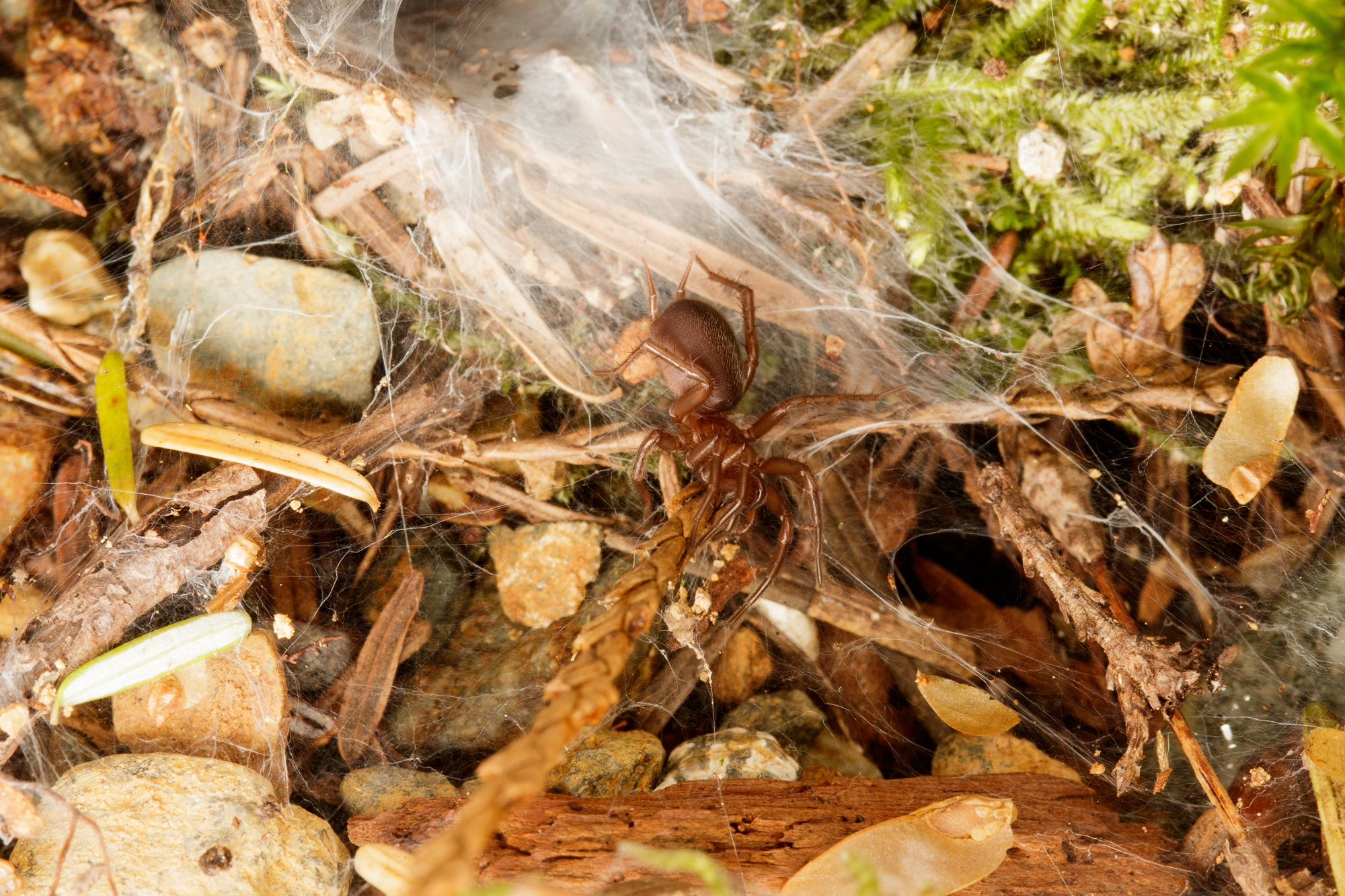 5. Hexura picea emerges from its silken tunnel and onto its “doormat” to “kill” a vibrating cedar twig.
5. Hexura picea emerges from its silken tunnel and onto its “doormat” to “kill” a vibrating cedar twig. 6. Darren and Claudia picking up pan traps beside the Malaise flight-intercept trap.
6. Darren and Claudia picking up pan traps beside the Malaise flight-intercept trap.




